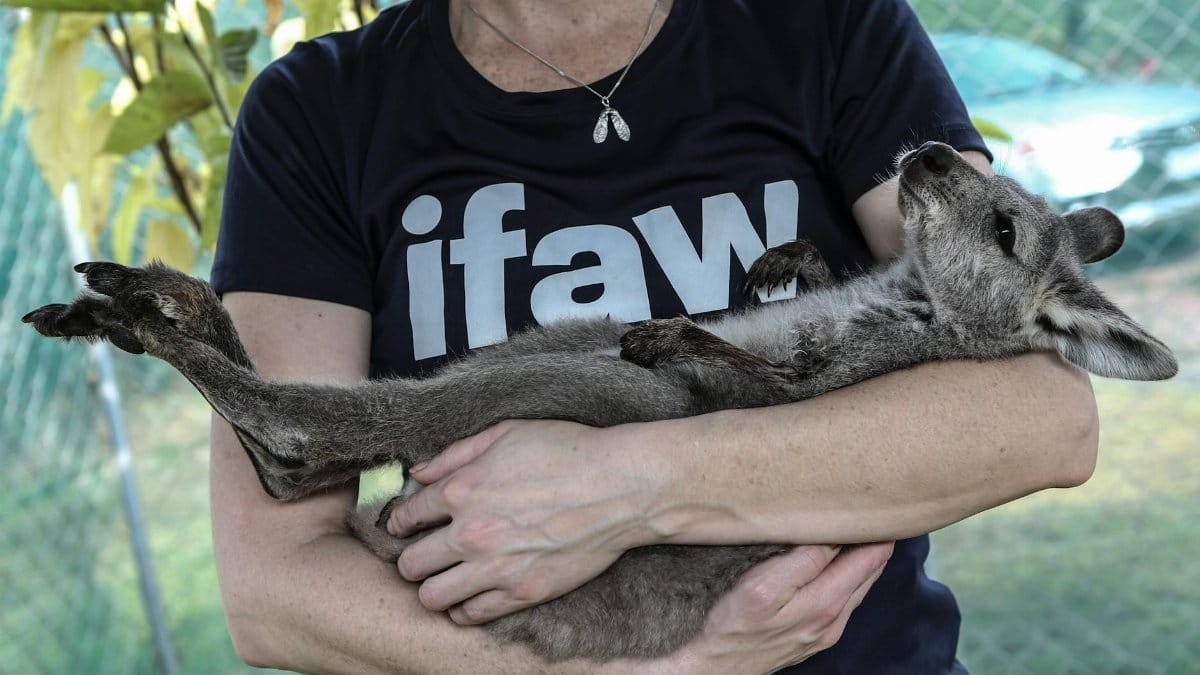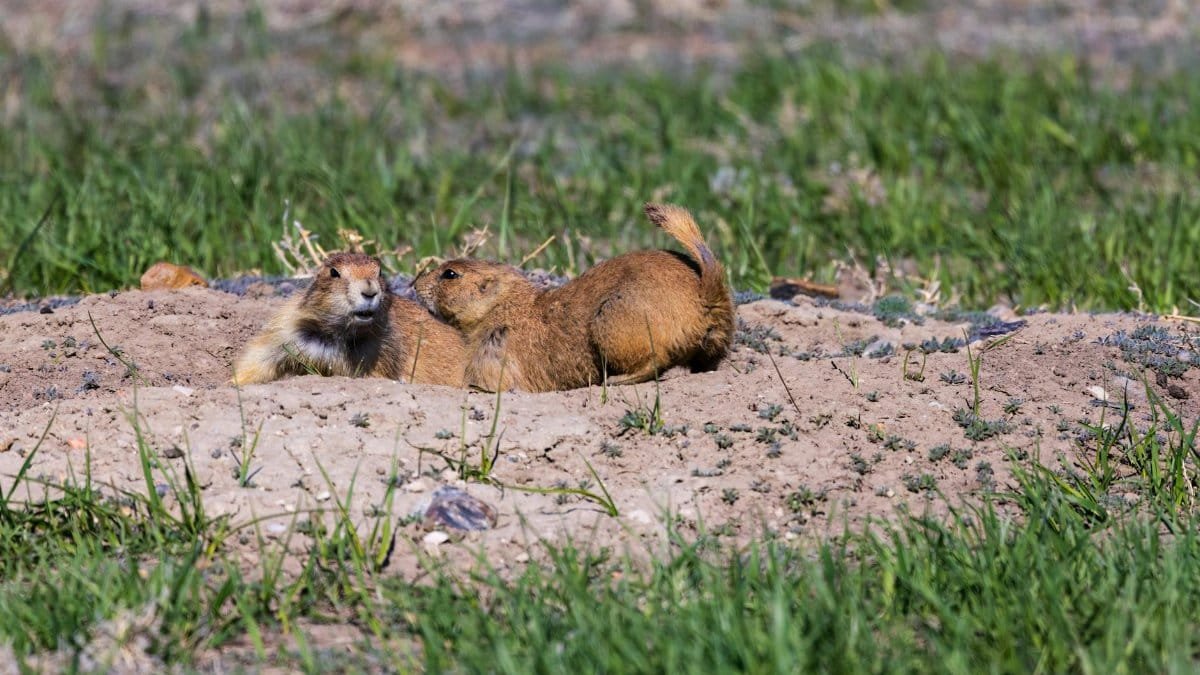Is south dakota prairie silence the unexpected balm our noisy world needs? In a bold move, South Dakota has designated 15,000 acres of state-owned land as “Prairie Silence Sanctuaries,” zones where sound levels are kept below 30 decibels—quieter than a whisper. Announced in 2025, this initiative aims to preserve natural stillness while offering respite for visitors and wildlife alike. With signage encouraging mindful walking, the state is carving out a unique space for reflection amid growing national interest in mental and environmental wellness.
A New Kind of Sanctuary

South Dakota’s Prairie Silence Sanctuaries mark a pioneering step in conservation that prioritizes auditory peace. Spanning 15,000 acres across state-owned prairies, these zones are designed to maintain sound levels under 30 decibels, a threshold that ensures an almost otherworldly quiet. The initiative, rolled out in 2025, responds to increasing concerns about noise pollution’s impact on both human health and natural ecosystems. It’s a rare effort to protect something intangible yet vital: silence.
Rules for Quiet Engagement

To preserve the sanctity of these areas, the state has implemented strict guidelines. Signage at entry points instructs visitors to engage in mindful walking, minimizing noise from footsteps and conversations. Motorized vehicles and loud equipment are banned within sanctuary boundaries. The goal is to create an environment where the rustle of grass or a distant bird call isn’t drowned out by human activity. These rules aim to foster a shared respect for the space among all who enter.
Wildlife Benefits Under Study

The South Dakota Game, Fish, and Parks Department is tasked with monitoring the sanctuaries’ impact on local wildlife. Noise pollution has long been known to disrupt animal behavior, from mating calls to migration patterns. By curbing sound levels, officials hope to create safer habitats for species native to the prairies, such as grassland birds and small mammals. Early studies are underway to track changes in wildlife activity, with data expected to inform future conservation strategies.
Visitor Well-Being as a Priority

Beyond environmental goals, the Prairie Silence Sanctuaries are also a testbed for human wellness. The Game, Fish, and Parks Department will study visitor well-being indicators, examining whether exposure to extreme quiet can reduce stress or improve mental clarity. As urban noise continues to climb nationwide, South Dakota’s experiment with south dakota prairie silence could offer evidence of silence as a public health tool. Initial feedback from visitors will be critical to these findings.
Part of a Broader Trend

This initiative aligns with a growing U.S. movement to combat sensory overload. From silent retreats to noise-free zones in national parks, Americans are seeking ways to unplug in 2025. South Dakota’s approach stands out for its scale and state-backed support, drawing attention from conservationists and wellness advocates alike. Research from organizations like the National Park Service highlights noise’s detrimental effects, underscoring the relevance of such projects.
Challenges in Maintaining Silence

Enforcing quiet across vast prairies isn’t without hurdles. While signage and rules set clear expectations, monitoring compliance over 15,000 acres poses logistical challenges. Natural sounds like wind or wildlife are unavoidable, but human-generated noise—whether from nearby roads or violators—could undermine the sanctuaries’ purpose. The state is exploring ranger patrols and community education to address these issues, though long-term success remains to be seen.
Potential for National Impact

If successful, South Dakota’s experiment could inspire similar efforts elsewhere. Noise pollution is a documented concern, with studies from groups like the Centers for Disease Control and Prevention linking it to health issues like hearing loss and stress. The Prairie Silence Sanctuaries might serve as a model for other states grappling with balancing development and natural preservation. For now, South Dakota is leading the charge in redefining what a sanctuary can be.
